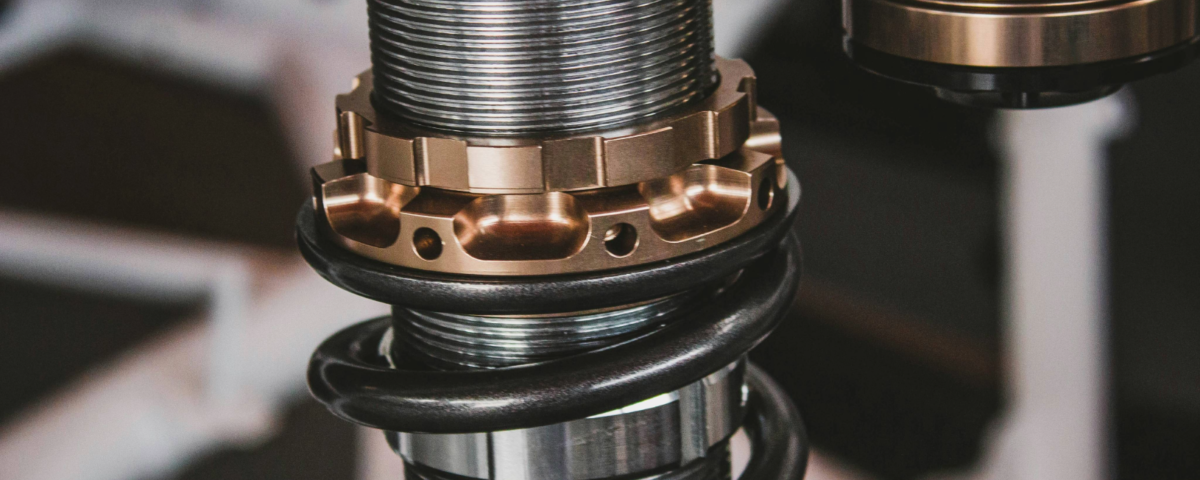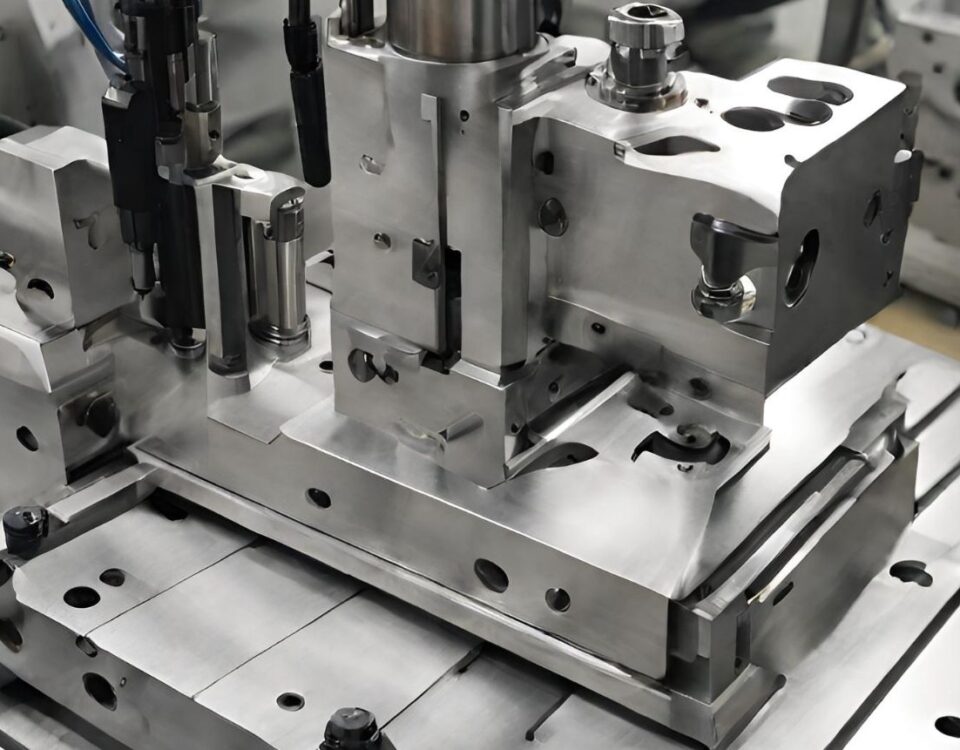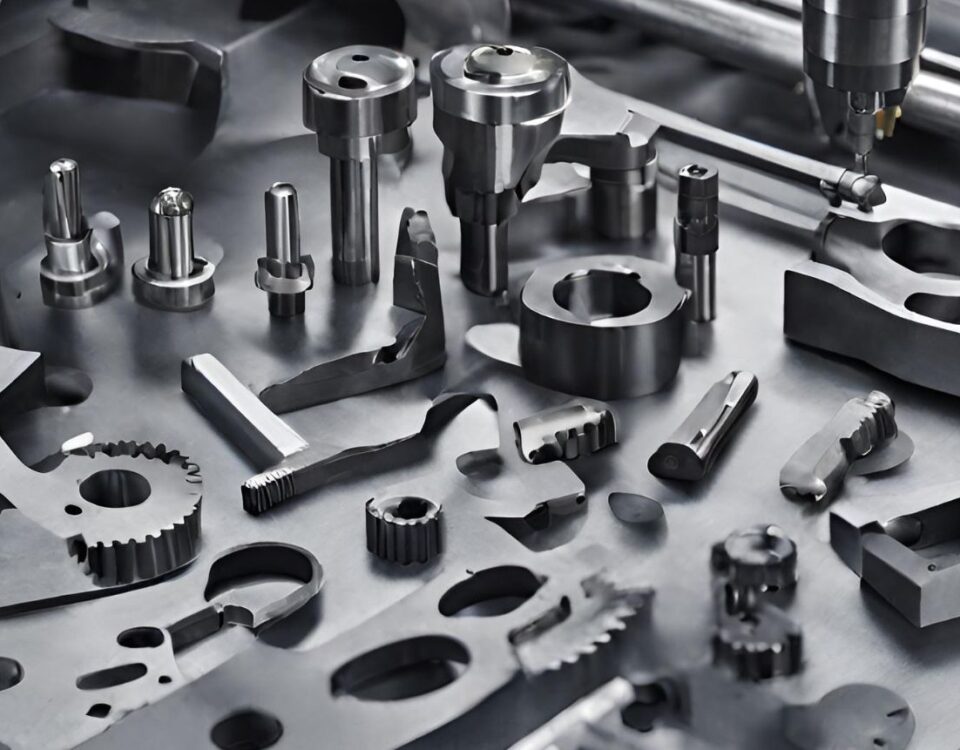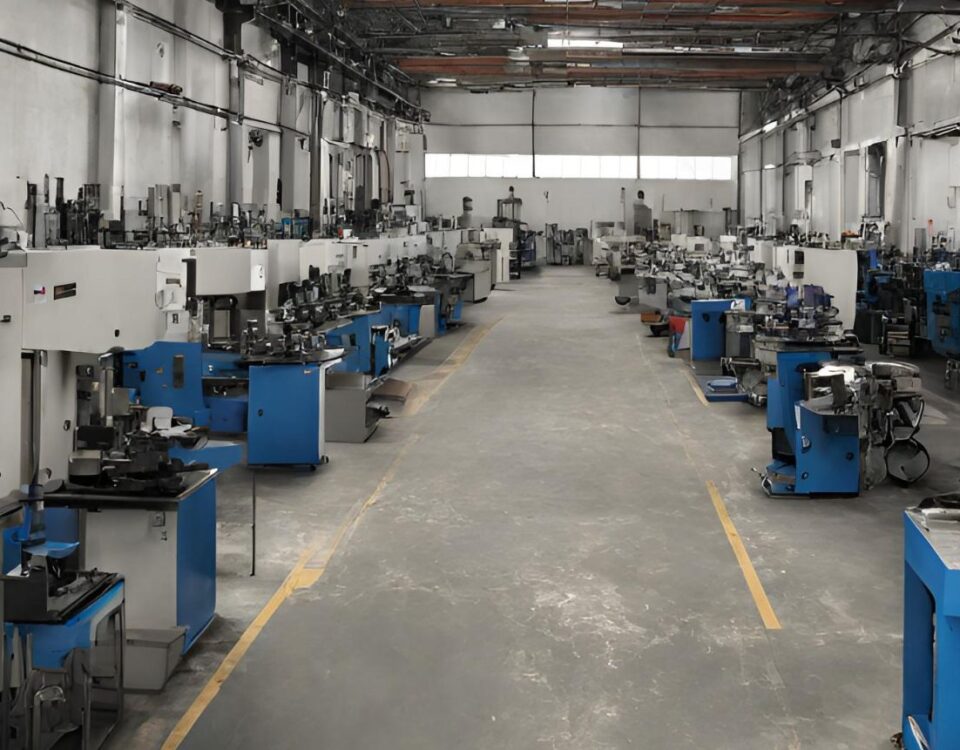
Why Choose CNC Precision Plastic Machining of Units Over 3D Printing?
18 January 2024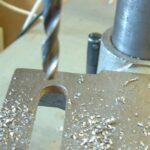
How do you Reduce CNC Machining Costs Without Compromising Quality?
23 January 2024Introduction
In the realm of cnc machining operations, the selection of an optimal workholding solution plays a pivotal role in determining the efficiency, precision, and overall success of the manufacturing process. The right workholding solution not only secures the workpiece during machining but also facilitates smooth operations, minimizes setup times, and ensures consistent results. This guide will navigate you through key considerations to help you make an informed decision when choosing the perfect workholding solution for your machining needs.
- Understanding Machining Requirements
Begin by comprehensively understanding the specific requirements of your machining operation, including the type of machining processes involved (milling, turning, grinding), workpiece materials, and the intricacies of the parts being produced.
- Workpiece Size and Shape
Evaluate the size, shape, and weight of the workpieces. Different work-holding solutions are designed to accommodate various dimensions and geometries, so choose one that aligns with your specific workpiece characteristics.
- Material Compatibility
Ensure compatibility between the work-holding solution and the materials being machined. Different materials may necessitate specialized fixtures or clamping methods to prevent distortion or damage.
- Precision and Accuracy
Precision is paramount in machining. Select a work-holding solution that meets the required level of accuracy for your application. Consider the tolerance specifications and surface finish requirements.
- Flexibility and Versatility
Opt for a workholding solution that provides the necessary flexibility to handle a diverse range of workpieces. Modular and adjustable setups are advantageous for accommodating varying machining tasks.
- Clamping Force and Stability
Assess the clamping force required to securely hold the workpiece. Stability is crucial to prevent vibrations and ensure consistent machining results. Choose a solution that delivers adequate clamping force.
- Accessibility for Machining
Consider how easily the workholding solution allows access to the machining area. Accessibility is vital for tool clearance, efficient chip evacuation, and seamless tool changes.
- Automation Compatibility
If automation is a consideration, choose a work-holding solution that integrates seamlessly with automated systems. This may involve pallet changers, robotic interfaces, or other forms of CNC automation.
- Cost-Efficiency:
Strike a balance between the cost of the work-holding solution and its benefits. Consider long-term savings in terms of reduced setup times, increased productivity, and minimized tool wear.
- Tooling Compatibility:
Ensure compatibility with your existing tooling and machining equipment. A work-holding solution that aligns with standard tooling simplifies integration and streamlines the overall machining process.
- Ease of Setup and Changeover:
Evaluate how quickly and easily the workholding solution can be set up and changed between different jobs. Minimizing downtime during changeovers enhances overall productivity.
- Maintenance Requirements:
Consider the maintenance needs of the work-holding solution. Opt for durable solutions, that require minimal maintenance, and are easy to clean and inspect.
- Operator Safety:
Prioritize the safety of machine operators. Choose workholding solutions with features that reduce the risk of accidents and ensure secure clamping during machining operations.
- Customer Support and Training:
Select a work-holding solution from a reputable manufacturer that provides reliable customer support, comprehensive documentation, and effective training resources. Adequate training ensures operators use the equipment safely and efficiently.
Conclusion
By carefully considering these factors and aligning your choice with the unique requirements of your machining operations, you can confidently select the perfect workholding solution. The right choice will not only enhance the precision and productivity of your machining processes but also contribute to the overall success of your manufacturing endeavors.

